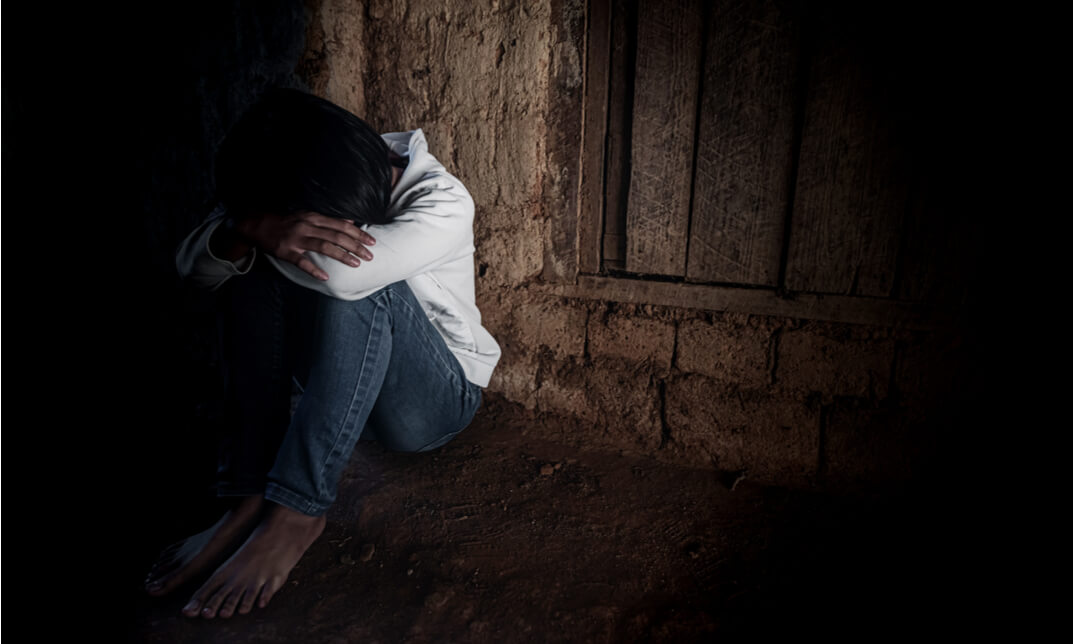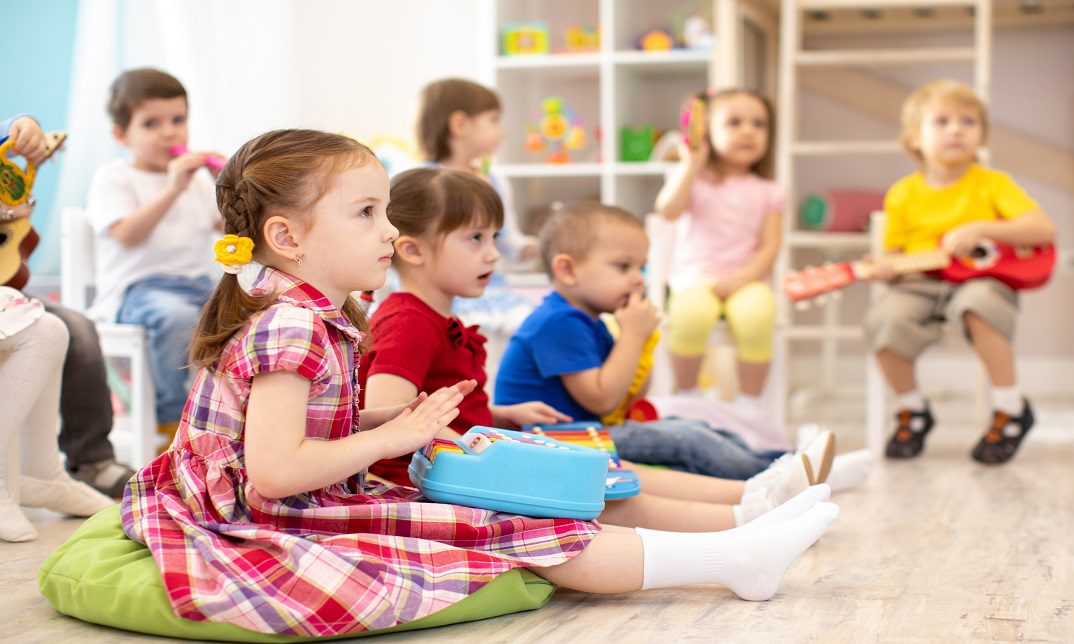No products in the basket.
Introduction:
A holistic strategy of prevention, intervention, and enforcement is essential to interrupt the cycle of child sexual exploitation and child criminal exploitation. Prevention initiatives may include educating children, parents. Also caregivers about the dangers of exploitation and how to protect themselves. As well as addressing underlying societal issues such as poverty and a lack of access to education and resources. Intervention activities may involve providing aid and services to victims of exploitation. Such as counseling, medical treatment, and legal representation. Enforcement initiatives may include increased law enforcement presence in high-risk regions. As well as better law enforcement agencies’ abilities to investigate and pursue exploitation cases. It is also vital to combat child sexual exploitation demand by penalizing individuals who buy or seek the services of child sex workers. It is also vital to engage the community. And have non-governmental organizations (NGOs) working on the ground to give education, awareness. Also help at-risk children and families.
Child sexual exploitation and child criminal exploitation are both complicated issues. That need a complete and coordinated response from law enforcement. As well as social care providers, and community members.
What Is The Description Of Child Sexual Exploitation?
The sexual abuse of a child for personal gain or enjoyment, generally by an adult, is known as child sexual exploitation. It can take many forms. Such as online sexual grooming, the creation and distribution of child pornography, and child prostitution. Child sexual exploitation occurs when young individuals use it to conduct unlawful activities. Child criminal exploitation to gangs and major criminal networks. Also it might entail intimidation, assault, or other types of exploitation.
Child sexual exploitation is a big problem in the United Kingdom, with an estimated 10,000-14,000 children exploited each year in England. Every year, at least 2,000 children in the UK are victims of child sexual exploitation. But this figure might be higher due to the clandestine nature of these crimes. Furthermore, according to the UK Human Trafficking Centre, minors made up 27% of all identified victims of trafficking in the UK in 2019. With the majority being transported for sexual exploitation.
Victims of child sexual exploitation might experience life-changing physical and mental impacts. It has the potential to cause psychological distress in the long run. Also to mental health illnesses, substance misuse, and physical health problems. As a result, we must work hard to increase awareness about child sexual exploitation. Understand the hazards that young people experience. Also, develop methods to protect them against exploitation.
What Is Child Criminal Exploitation?
Child criminal exploitation is a type of child abuse. When children are duped, blackmailed, or pushed into engaging in illegal behavior for the benefit of adults or other children. It is a significant issue related to child sexual exploitation. Unlike child sexual exploitation, child criminal exploitation may not usually include physical contact or explicit sexual behavior. It can, but, be hazardous to children. Victims of child criminal exploitation persuade or coerce into risky activities. Like drug sales or weapons trafficking. This can lead to harm as well as the possibility of being arrested and facing significant criminal charges.
Child criminal exploitation affects around 60,000 youngsters in the United Kingdom each year. It is more frequent in males than in girls, and it affects young people from lower homes and those who have been in care . The majority of victims are between the ages of 11 and 16, but youngsters as young as eight have been identified as possible targets.
It is vital to remember that all young people are vulnerable to exploitation. It is everyone’s obligation to assist in their protection. Understanding the signs and symptoms of juvenile criminal exploitation. As well as how to recognize them, is crucial to preventing this crime in the first place.
The Nature Of Child Criminal Exploitation Problem
Child sexual exploitation (CSE) and child criminal exploitation (CCE) are the world’s most pressing concerns today. Child sexual exploitation is a type of sexual abuse. A child or young person under 18 is pushed or misled into sexual intercourse in exchange for something the victim wants or desires. Individuals who manipulate or abuse children and adolescents to use them to commit crimes are considered child criminal exploitation. What exactly is child sexual exploitation? CSE happens when an abuser gets control of a kid by manipulation, threat, or violence, and then exploits them for money, drugs, status, or material gain. This includes grooming, extortion, human trafficking, and trading sexual services for money or commodities.
The statistics on child criminal exploitation in the United Kingdom are alarming. It is believed that at least 80,000 youngsters in England are being exploited. Children of all ages, genders, races, and origins are victims of this form of abuse. Despite their prevalence, these problems are concealed and undetected.
Who Is At Risk?
Unfortunately, child sexual exploitation and child criminal exploitation are widespread issues that can affect any child, regardless of age, gender, ethnicity, or social class. According to a 2019 UK study, the majority of victims of child criminal exploitation are between the ages of 12 and 17, with nearly three-quarters being male. Other statistics show that children in foster care, those living in poverty, and those who have previously been abused or neglected are more likely to be victims of child sexual exploitation.
No child is immune to exploitation; however, certain risk factors can make a child more vulnerable. These factors include having run away or being homeless, having low self-esteem, struggling with addiction, being exposed to drugs or alcohol, lacking family or community support, being new to a school or neighbourhood, having learning difficulties or mental health issues, and having unsupervised internet or social media access.
When these factors are present in a child’s life, it is critical that parents, guardians, and other trusted adults recognise the warning signs of exploitation and take action to keep the child from becoming a victim. Knowing the warning signs can help parents and other adults recognise when a child is in danger and take the necessary precautions to protect them.
If A Child Reveals Abuse
A child confides in you about sexual or physical abuse, it is essential that you:
- Pay close attention to what they’re
- Pay close attention to what they’re saying
- Assure them that they’ve done the right thing by telling you
- Tell them it’s not their fault
- Say you’ll take them seriously
- Don’t confront the alleged abuser
- Explain what you’ll do next
- Pay close attention to what they’re
A Child Reveals Abuse
If a child confides in you about sexual or physical abuse, it is essential that you:
- Pay close attention to what they’re
- Pay close attention to what they’re saying
- Assure them that they’ve done the right thing by telling you
- Tell them it’s not their fault
- Say you’ll take them seriously
- Don’t confront the alleged abuser
- Explain what you’ll do next
- Pay close attention to what they’re
What You Can Do To Prevent
It’s crucial to remember that there are several more warning signals and behaviors that might suggest a kid is being exploited. So stay alert and follow your instincts. If you detect any of these warning signals in a youngster, please contact the police or local authorities for help. We must take action to end the cycle of abuse. Second, if you suspect or see any suspected child exploitation activities. Then call your local police department or the national child abuse hotline. You may also submit any statistics on child exploitation in the United Kingdom to the National Crime Agency. They offer a webpage dedicated to reporting cases of internet child exploitation.
Third, become a change agent in your community. Discuss what local law enforcement and social service organizations are doing to safeguard vulnerable people from exploitation, or encourage your politicians to do something about it. If you are able, consider contributing money or time to organizations. That assists victims of child exploitation or raising awareness about the issue.
Finally, remember to look out for one another. Check up with friends and family members, particularly those who have children. Encourage open dialogue about child exploitation as well. We can all work together to keep our children safe by raising awareness of the issue. Potential remedies are also being discussed.
What Is Online And Offline Grooming?
Online grooming is the process of gaining a child’s trust and emotional connection through the use of technology, such as the internet or mobile devices, with the intention of exploiting or abusing the child.
Offline grooming is the process of establishing trust and emotional connections with a kid using non-digital methods, such as in-person interaction, with the same goal in mind. Grooming in either manner can result in physical, emotional, or sexual abuse.
Summary
A combination of prevention, intervention, and rehabilitation efforts can break the cycle of child sexual exploitation and child criminal exploitation. Prevention efforts include educating children and parents about the dangers of these forms of exploitation, as well as providing assistance to vulnerable families and communities. Intervention efforts include identifying and rescuing exploited children and providing them with medical, emotional, and legal support. Rehabilitation efforts include giving abused children therapy and support, as well as holding perpetrators accountable through criminal prosecution. Besides that, governments and non-governmental organisations can collaborate to develop and implement policies and programmes that address the underlying causes of child exploitation, such as poverty, a lack of education, and social exclusion.It is also extremely crucial to collaborate with communities and families to provide economic opportunities, education, and social services to children in order to create a safe environment for them. Finally, it is essential to fund the research in order to better understand the problem and improve the effectiveness of existing programmes.





